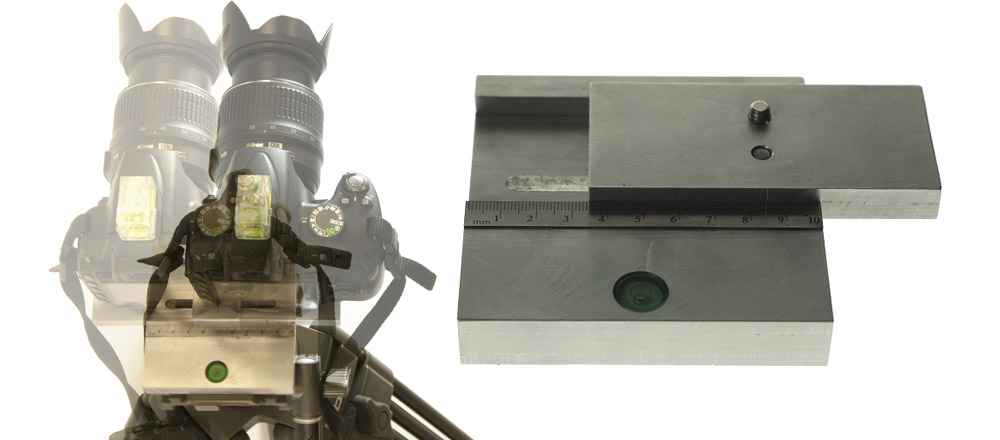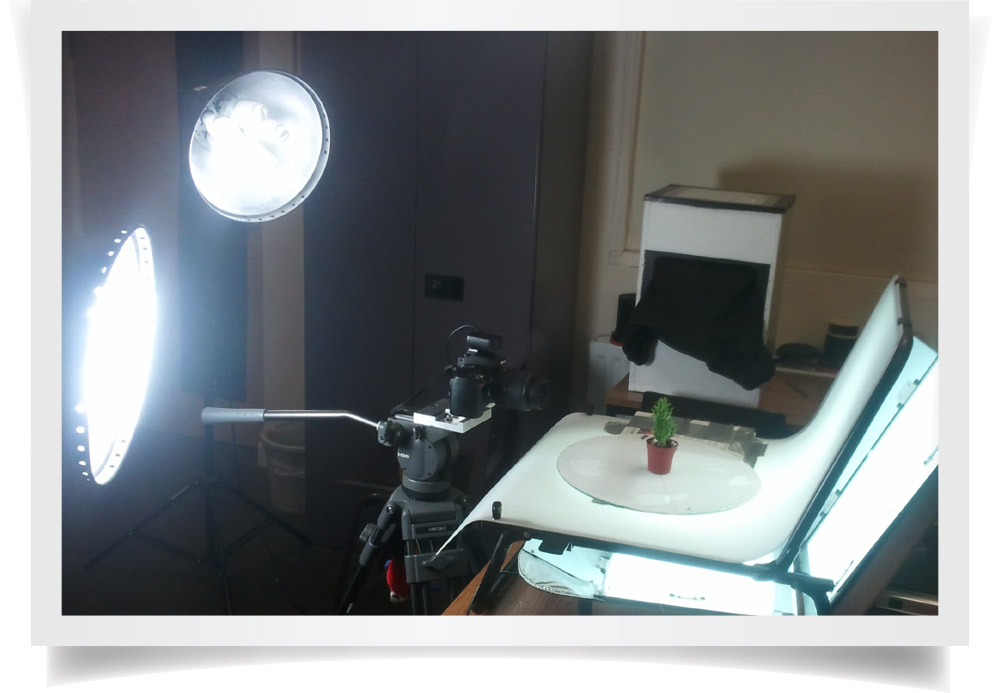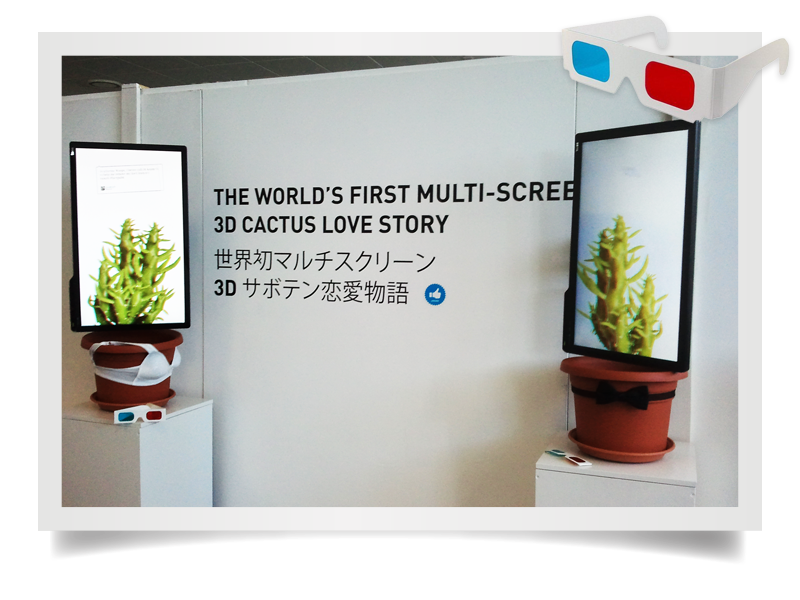8K 3D One small step for man, one unwatchable video for most of mankind.
High definition televisions are finally becoming commonplace in the home, and there’s a myriad of content for you to enjoy in stunning HD. You probably also know that 4K televisions are becoming more affordable, but the amount of 4K content available to watch right now is very slim. If you own a 4K TV, then you may have had to make do with the small selection of 4K videos available on YouTube, so it might have come as a surprise when news broke last year that YouTube now supported 8K 3D videos!
8K TVs are very rare, and you’d also need some powerful hardware just to be able to play any of the handful of 8K videos that are currently available on the video-sharing site. So when we noticed that nobody had uploaded an 8K 3D video, we saw an opportunity to break ground.
As luck would have it, we had created a stereoscopic 3D animation of a rotating cactus several years earlier. Since we had shot this with high-resolution Nikon DSLRs, the still images were already of a high enough resolution for 8K, so rendering the project out again in this new super-super-high-resolution would be easy, right?
Background
In 2010 we created the World’s first 3D virtual tour (LINK). To be able to do this, we create the MK.9, a device that can accurately slide a camera an accurately measured distance of between 1mm and 100mm.

When taking stereoscopic photographs, two exposures must be taken, a left and a right. The distance between these two exposures is called the interaxial distance (IA). The length of the IA will determine how much depth is captured when the size and distance of the objects being photographed are also taken into account.
The distance between the human eyes plays a big part in how much depth we perceive. For example, we could perceive a great deal of depth when looking at a tree in our garden but would perceive little to no depth when looking at a small pine cone or the moon.
In 3D photography, if we adjust the distance between the cameras (the IA), we can make the resultant stereoscopic image portray a great deal of depth. By taking two exposures a very small distance apart, we can capture depth in very small (but close) objects. By taking the exposures a large distance apart, we can capture depth in large objects that a very far away. Two stereoscopic photography enthusiasts experimented with the latter when they simultaneously photographed the moon from the earth’s opposite ends! Transversely, we captured depth in a tiny cactus by taking photos just 2mm apart.

How we did 8K 3D
In the photography studio, we set up the cactus on a rotating disc. The disc had evenly placed measurements around the edge. On our first attempt, we took the first image, moved the cameras two millimetres to the right to take the second image before rotating the image by one measurement. We then repeated the process 240 times until the cactus has been rotated by 360 degrees after 480 high-resolution shots were taken.
The results were horrible. Despite the MK.9 being able to accurately measure in millimetres, the tiny distance micro-discrepancies in the distance of each pair of photos made the resulting footage extremely shaky.

For our second attempt at 8K 3D, we kept the camera still and took the exposures for each rotation of the disc before moving the camera over by 2mm to the right and repeating the process.
This produced significantly better results, although we would repeat the whole painstaking process again another six times before we were happy with it, although you may still notice a small amount of shake in the high-resolution footage.
Wuthering Heights, a 3D Cactus Love Story on Twitter
The project was used for an exhibition that had two vertical screens showing the 3D cacti rotating. The screens were mounted above motorized plant pots; a male plant pot (demonstrated by the bow-tie) and a female plant pot (evidenced by the brazier). The cacti interacted with each other by Tweeting, telling the classic story of Heathcliff and Cathy in Wuthering Heights. We appreciate that the concept of 3D cacti telling classic love stories over social media has been done to death, but hey!

The video below shows a digital representation of the exhibition pictured above.
Rendering 8K videos for YouTube
Five years later, we decided to re-render the footage in 8K 3D for YouTube. Initially, we tried to do this using the H.265 codec, which involved some lengthy rendering times and even lengthier upload times, only to have YouTube tell us that the video could not be processed.
Eventually, we tried rendering the video with Google’s own VP9 codec, which took a whopping 18 hours for each attempt.
See our full guide on rendering 8K videos for YouTube using Adobe After Effects, Adobe Premiere or Adobe Media Encoder.




